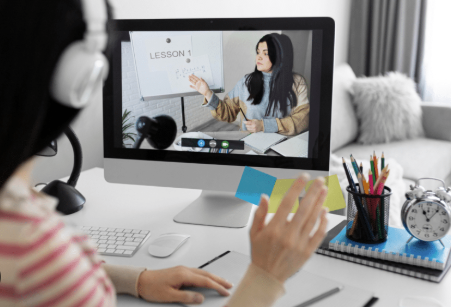Learning a new language no longer requires expensive travel or in-person classes. Thanks to technology and accessible resources, anyone can begin their language-learning journey from the comfort of home. With the right strategies and tools, it’s possible to make steady progress and gain fluency without ever boarding a plane.
1. Choose the Right Language for Your Goals
Start by selecting a language that aligns with your personal or professional goals. Whether it’s for travel, career advancement, or cultural interest, having a clear reason will help keep you motivated.
2. Use Language Learning Apps
Apps like Duolingo, Babbel, and Memrise offer structured lessons that teach vocabulary, grammar, and pronunciation. These platforms often gamify learning to keep it engaging and easy to follow.
3. Watch Foreign-Language Media
Immerse yourself in the language through movies, TV shows, and videos with subtitles. Listening to native speakers helps improve pronunciation, comprehension, and cultural understanding.
4. Practice Speaking Regularly
Speaking is essential for fluency. Use video calls or language exchange platforms to connect with native speakers or fellow learners. Practicing even a few minutes a day can significantly boost confidence and retention.
5. Label Your Environment
Place labels on household items with their names in the target language. This simple technique reinforces vocabulary through constant exposure in your daily environment.
6. Read Books and Articles
Start with children’s books or simple articles, then gradually move to more complex texts. Reading helps expand vocabulary and understand sentence structure naturally.
7. Keep a Language Journal
Write short entries each day in your new language. Journaling is a great way to practice sentence formation and build writing confidence.
8. Set Consistent Goals
Break your learning into small, manageable goals—like learning five new words a day or completing one lesson per week. Celebrating progress along the way helps maintain motivation.
Conclusion
Learning a language from home is entirely possible with discipline, creativity, and the right tools. By combining technology, immersion techniques, and regular practice, anyone can gain language skills that open doors to new cultures, connections, and opportunities—all without leaving the house.














